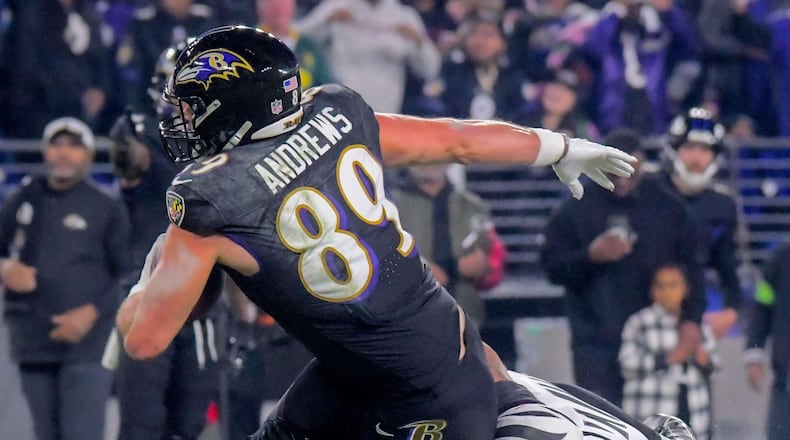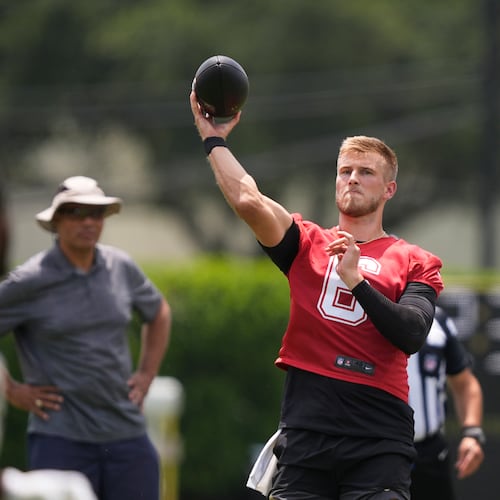ORLANDO -- The NFL voted unanimously to ban the swivel hip-drop tackle on Monday.
The hip-drop tackle occurs when a player drops his weight to ground to haul down a ball carrier. The league started working on the proposal the day after the Super Bowl.
“Just trying to explain that craft, the unweighing on the back of the legs,” said Troy Vincent, the NFL’s executive vice president of football operations. “We just have to be responsible. The durability and availability. When you have a play that has a 20 to 25 (times) the injury rate, it doesn’t allow you to fulfill your dreams.”
A violation of the new rule will result in a 15-yard penalty if flagged in games. It could also leads to warning letters and fines from the league the week after the games if not flagged during the game.
The proposal was in reaction to the 230 such tackles last season and an injured rate of 65%, according to NFL executive vice president Jeff Miller.
Two actions are required, the grabbing of the player coupled with the player jumping up to “unweight himself” and then swiveling his hips to take down the ball carrier.
The NFL Players Association and several former players, including cornerback Richard Sherman, are not in favor of the new rule.
Last season. Ravens tight end Mark Andrews was injured from a swivel-hip-drop tackle by Bengals linebacker Logan Wilson on Nov. 16. Andrews suffered a cracked fibula and ligament damage. He was out until the AFC championship game.
“It’s no longer about watching video,” said Rich McKay, chairman of the league competition committee. “It’s no longer about having either a player, or trainer or coach account for us how the injury occurred and what we can do to prevent it. It’s about data. It’s about that data tied to that tape, showing us exactly how that injury occurred.”
The key distinction is the swivel and unweighing of the tackler.
“We are not prohibiting what everybody calls the hip-drop, because the hip-drop can come in many different fashions,” McKay said. “It can be a drag down from behind. It can be a lot of things that goes on that looks like this hip-drop tackle.
“The specific type of a tackle where a player literally grabs and then un-weights himself – he lifts himself in the air and then comes down on either the knee or the ankle. The injury rate for us is 20 to 25 percent higher on that particular tackle. It doesn’t happen very often. It’s a once-a-week thing that they find. The injury to that player is substantial.”
The NFLPA contended that the rule will lead to confusion over how to tackle.
“We have to get a rule on the books that we can enforce of Mondays and try to get the technique out of the game,” McKay said.
The Bow Tie Chronicles
About the Author
Keep Reading
The Latest
Featured



